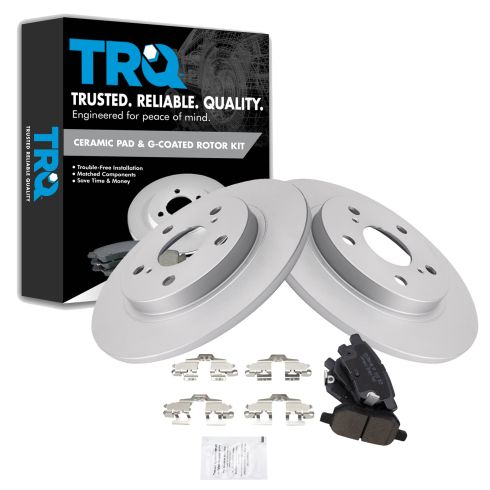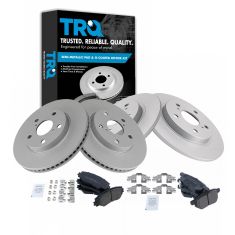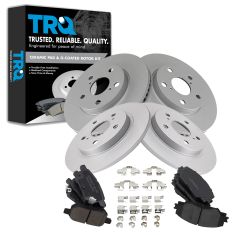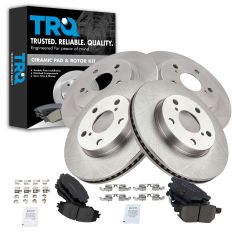1ABFS12324-Toyota Pontiac Scion Rear Ceramic Brake Pad & Rotor Kit TRQ BKA24313

Replaces
2011 Scion xB Rear Ceramic Brake Pad & Rotor Kit TRQ BKA24313

Product Reviews
Loading reviews
There are no reviews for this item.
Customer Q&A
No questions have been asked about this item.
Scion is a registered trademark of Toyota Motor Corporation. 1A Auto is not affiliated with or sponsored by Scion or Toyota Motor Corporation.
See all trademarks.















